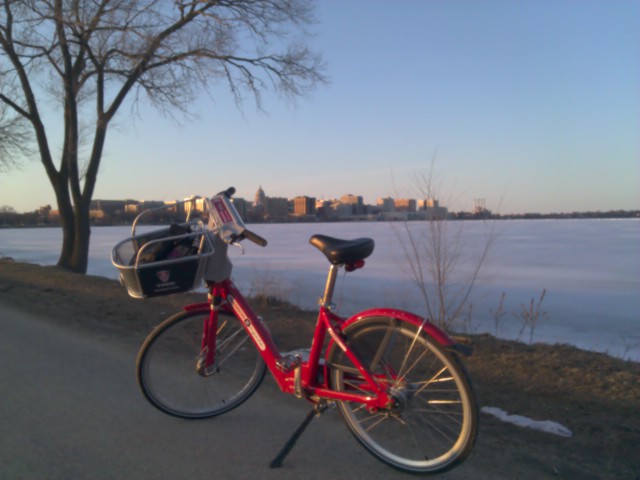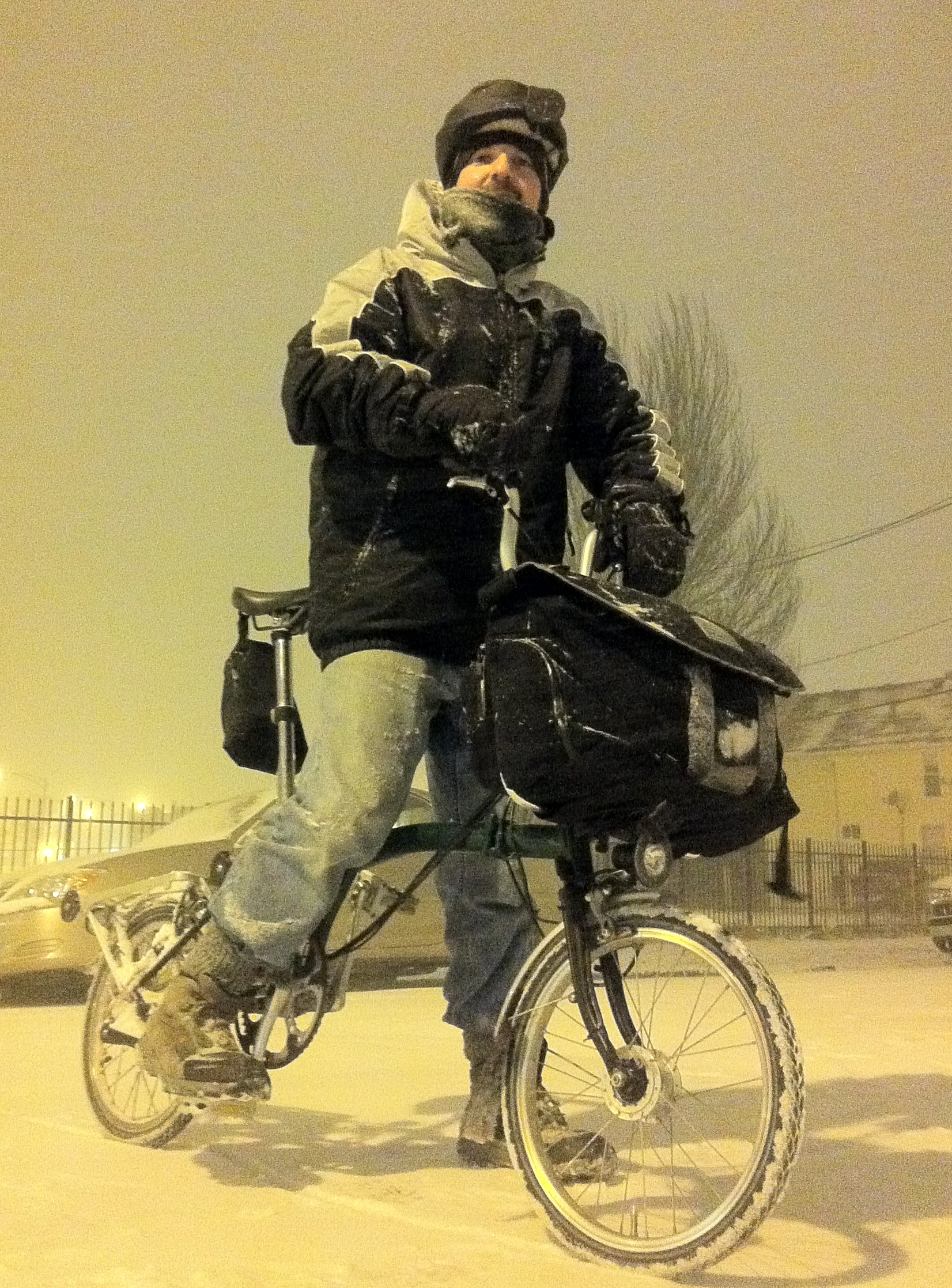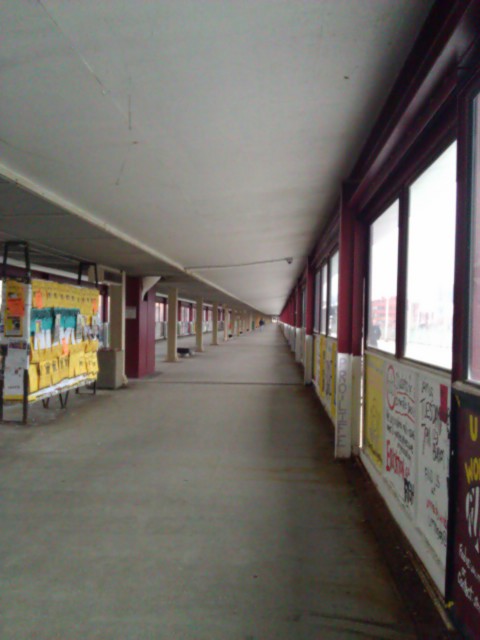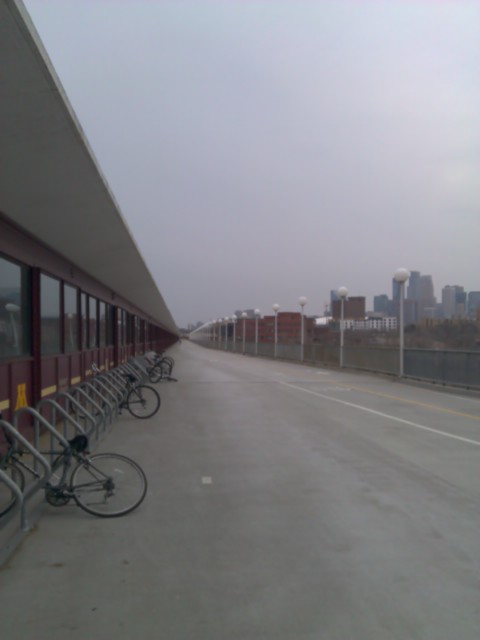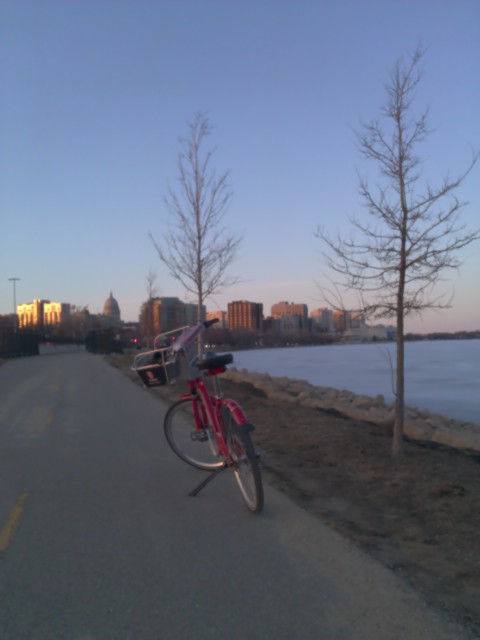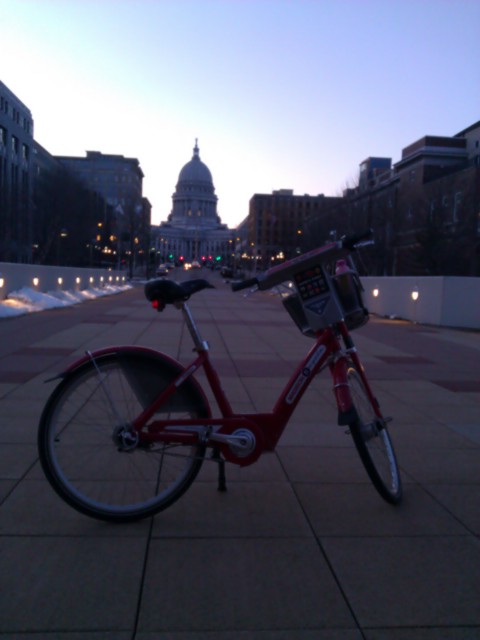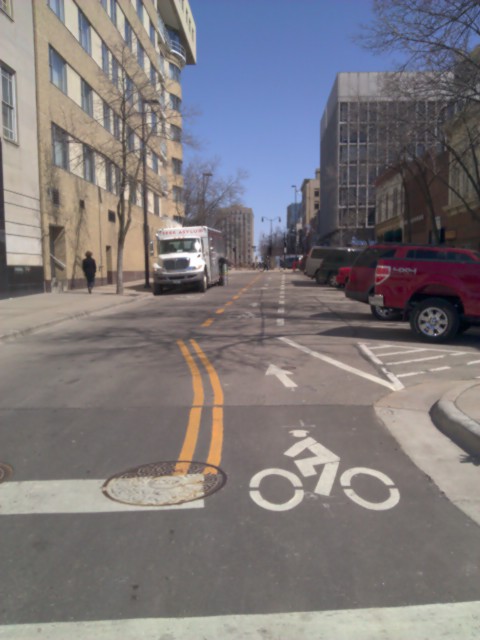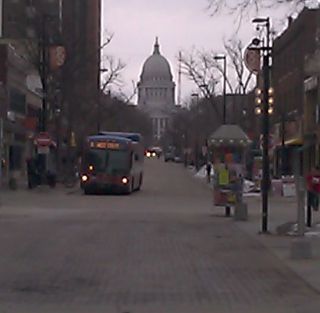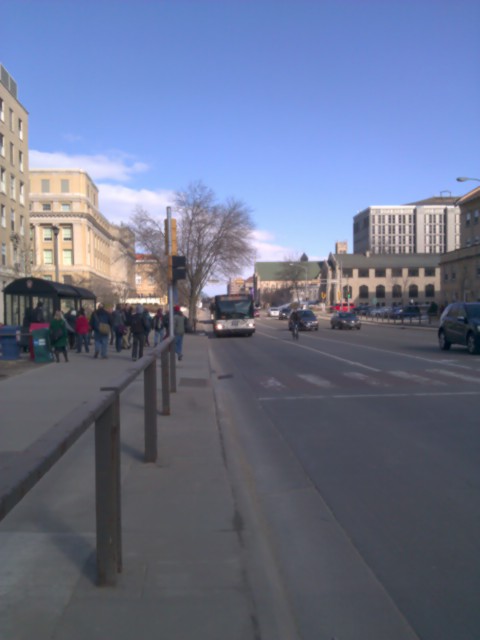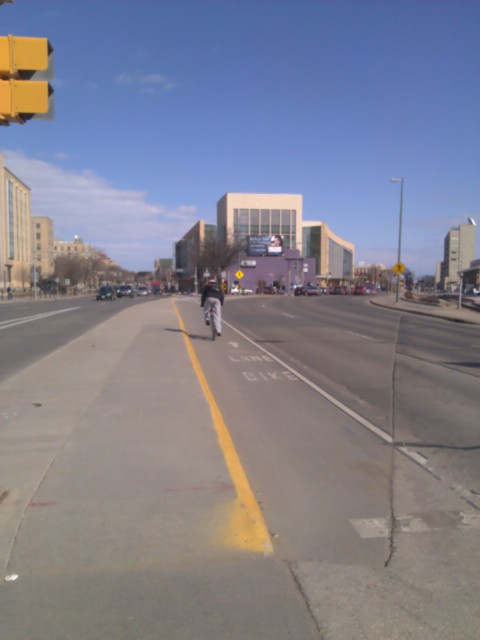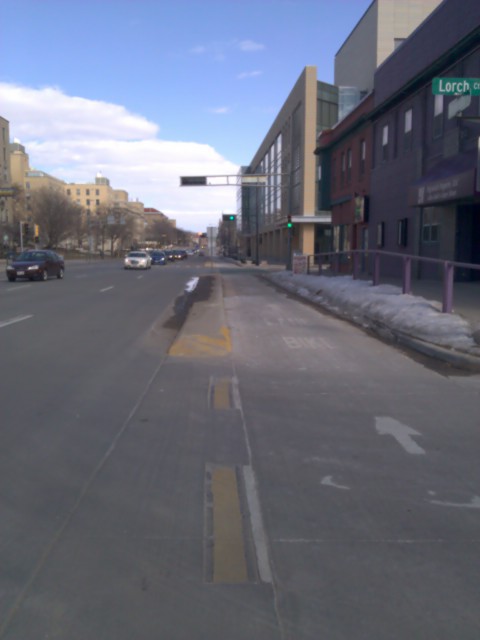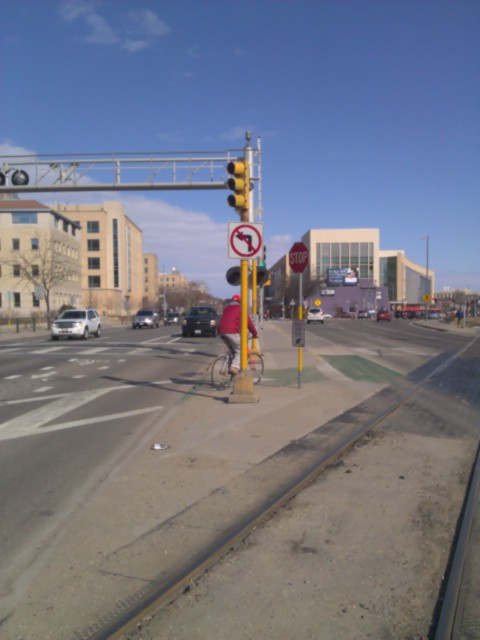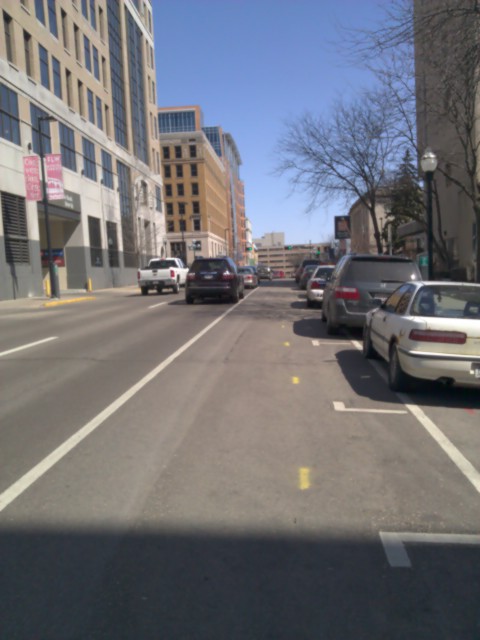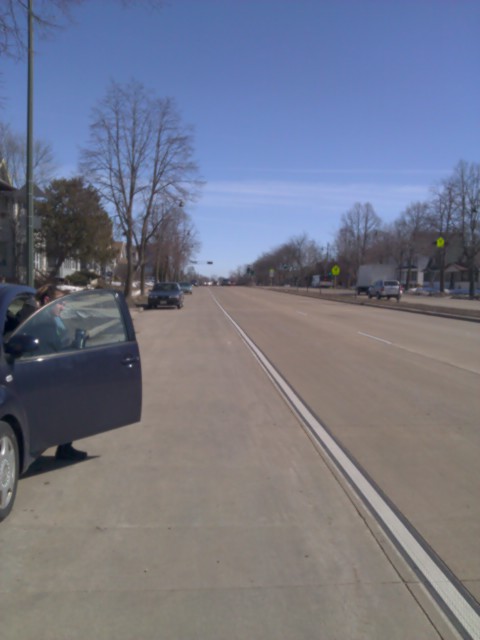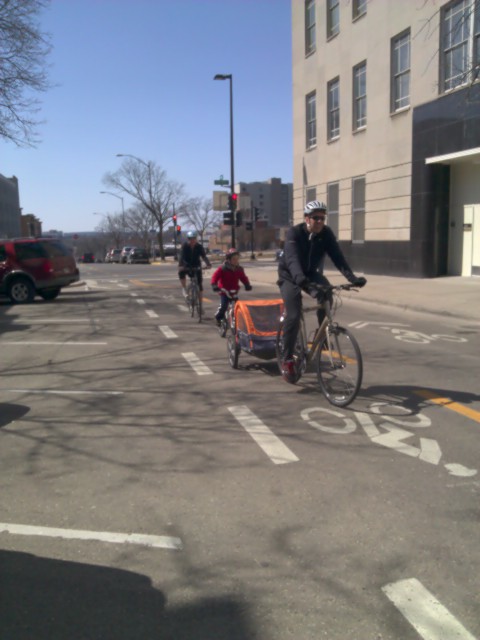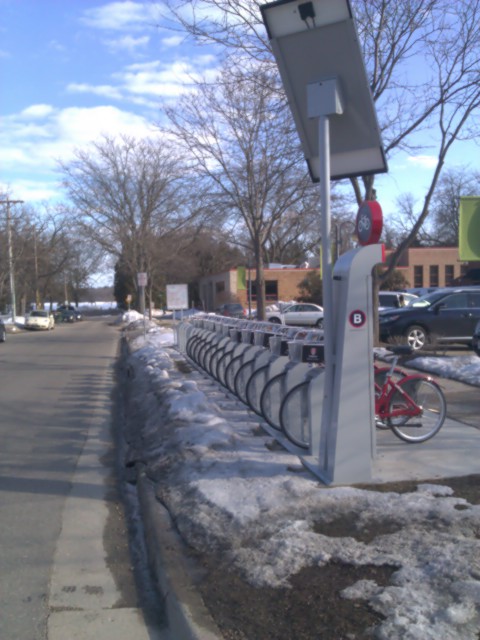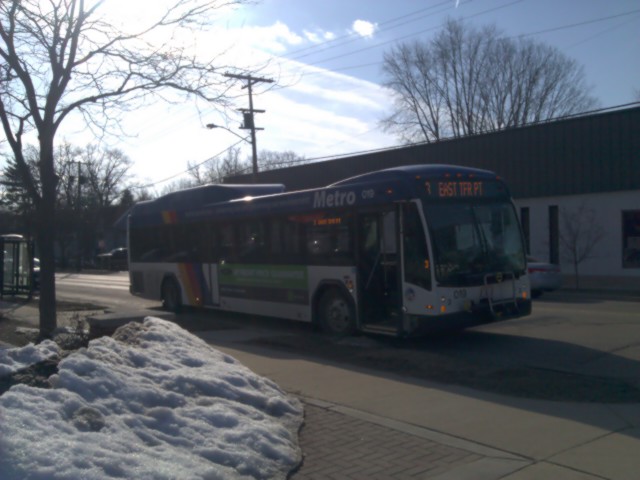I'm back with a tour update and an inspiring interview with a member of Grease Rag, a Minneapolis bike group offering education and support to women/trans/femme cyclists. The growing collective hosts several monthly open shop nights around the Twin Cities as well as day and overnight rides, discussions and other events which build community and connect people with helpful resources in a positive environment. Lowrah joins me to share her biking story and discuss approaches to supporting new and current cyclists. Learn how we can all be more welcoming, supportive and sensitive to the tension that various forms of privilege can create. Find out how you can get involved at GreaseRag.org or on Facebook or Twitter.
Livable streets advocates always seem to think that for political reasons they need to make clear they're not anti-car. But I am. I hate cars with a passion. Cars are entirely responsible for the dismal state of our built environment and its negative effects on society. Sure, they can be useful for moving big stuff, but virtually all car trips are totally unnecessary and millions of us do just fine with bikes and buses. My case for why these dangerous steel boxes have to go, finely tuned while navigating around them on my peace-loving bicycle. Also see Right of Way and 50 Reasons Why Cars Suck.
Speaking of bicycles, I will be in Minneapolis next weekend for the Brompton US Championship, a folding bike ride and race that promises to be a fun time. It takes place June 22 and 23 at the Open Streets event in Uptown.
Gareth wrote in from Toronto about the latest mayoral scandal (background) and prospects for a sustainable transit funding plan. Meanwhile the TTC wants to absorb and expand the city's Bixi bike sharing network but Mayor Ford is again being an obstacle. In New York, residents and visitors (including me) are already enjoying North America's largest bike share system, CitiBike: blog, video, interviews with idiots.
Music comes from Rock The Bike's Pedal Powered Stage (video) at Sunday Streets, May 2011, San Francisco.
Send comments, questions, suggestions for topics and guests or anything else to feedback@criticaltransit.com or use the contact form above. Follow me on Facebook or Twitter for near-daily micro thoughts.




